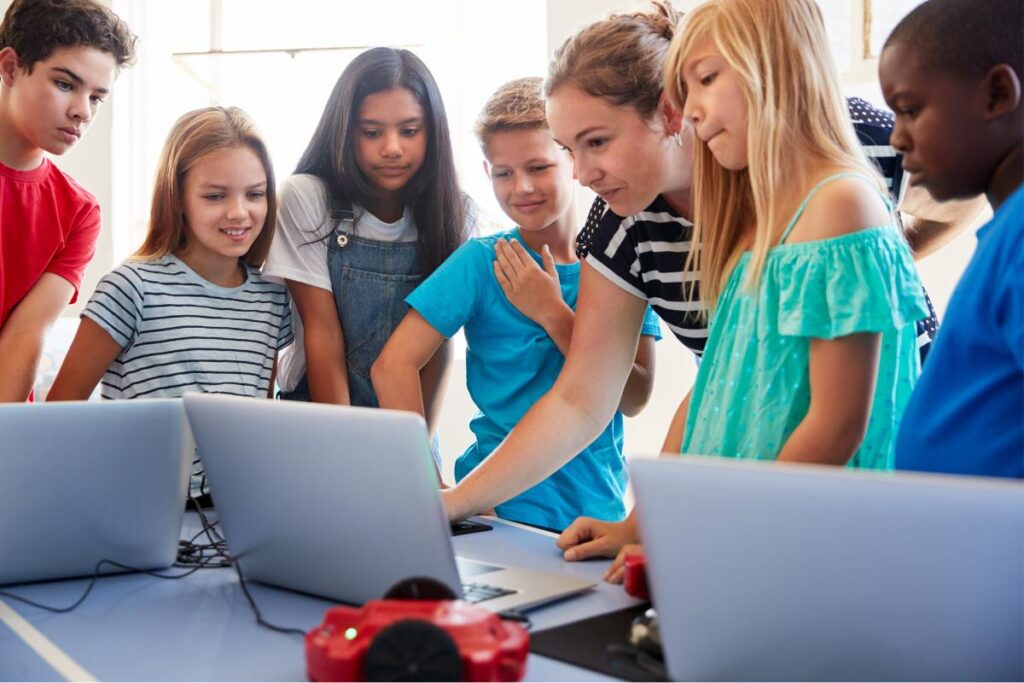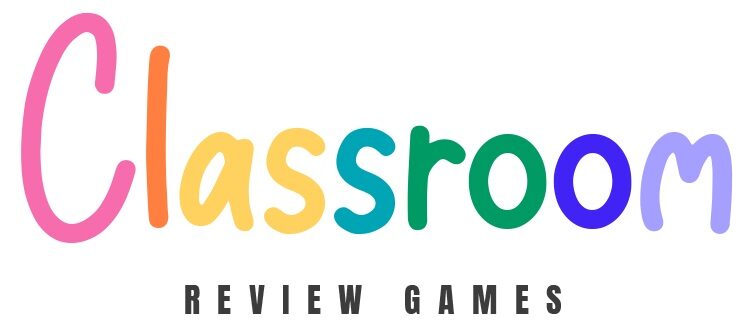Boosting Student Engagement With These Strategies
Student engagement strategies are techniques and methods used by educators to capture students’ interest, encourage active learning, and maintain their focus. Teaching a class with students who have different interests, skills, and ways of learning can be tough. But, if you use the right methods, students can do better in school, behave well in class, and enjoy learning more.
Different ways to get students involved help with different parts of learning and keeping them interested.
Here’s a detailed look at some key strategies:
Student Engagement Strategies
Active Learning
This approach involves students actively participating in their learning process through activities like discussions, problem-solving, case studies, and group projects. The idea is to move beyond passive listening to encourage critical thinking and application of knowledge.
Collaborative Learning
This strategy emphasizes learning through interaction with others. Students work in groups to explore a concept, solve problems, or complete projects. This not only enhances understanding through peer discussion but also develops teamwork and communication skills.
Personalized Learning
Tailoring education to meet the individual needs, skills, and interests of each student. This can involve allowing students to choose their learning paths, differentiate instruction levels, or incorporate technology to adapt to each student’s pace and style of learning.
Inquiry-Based Learning
This method encourages students to learn by asking questions, investigating solutions, and exploring topics in depth. The teacher acts as a facilitator rather than a direct source of information, guiding students as they develop their understanding.
Gamification
Applying game-design elements in non-game contexts, like education, to make learning more engaging. This can include adding points, levels, badges, or leaderboards to educational activities to motivate students.
Project-Based Learning (PBL)
In PBL, students learn by actively engaging in real-world and personally meaningful projects. Through these projects, students explore complex questions, challenges, and problems, often leading to a public product or presentation.
Flipped Classroom
This approach involves reversing the traditional learning environment by delivering instructional content, often online, outside of the classroom. Class time is then used for interactive activities, discussions, and personalized guidance from the teacher.
Feedback and Formative Assessment
Providing timely and constructive feedback helps students understand their progress and areas for improvement. Formative assessments, which are conducted during the learning process, help teachers adjust instruction based on student needs and understanding.
Culturally Responsive Teaching
This strategy recognizes the importance of including students’ cultural references in all aspects of learning. It aims to make learning more relevant and effective by drawing on the varied cultural backgrounds of students.
Social-Emotional Learning (SEL)
Integrating SEL into the classroom involves teaching students to understand and manage emotions, set and achieve positive goals, show empathy for others, establish positive relationships, and make responsible decisions. This supports a healthy, safe, and engaging learning environment.
Boost Student Engagement With Educational Games

To boost student engagement with educational games, you can consider the following strategies:
Choose Relevant Games
Select games that align with your curriculum and learning objectives. The games should be age-appropriate and challenging enough to keep students interested but not so difficult that they become frustrated.
Incorporate Variety
Use a variety of games to cater to different learning styles and interests. This could include puzzles, simulations, role-playing games, and quizzes. Variety helps in keeping the learning experience fresh and engaging.
Create a Competitive Environment
Introduce elements of competition, such as leaderboards, points, or rewards for achieving certain milestones within the games. Healthy competition can motivate students to engage more deeply with the content.
Encourage Collaboration
Many educational games offer opportunities for collaborative play. Encourage students to work in teams or pairs, which can enhance social learning and engagement.
Integrate Games into Lesson Plans
Make educational games a part of your regular teaching routine. This could involve starting or ending a lesson with a game, or using games as a tool for reinforcing concepts taught during the lesson.
Provide Feedback and Support
As students engage with educational games, offer them constructive feedback and support. This could involve discussing strategies, pointing out learning moments within the game, or providing additional resources to help them overcome challenges.
Connect Games to Real-World Applications
Help students make connections between the skills or knowledge they gain from games and their real-world applications. This can enhance the relevance of the games and motivate students to engage more deeply.
Encourage Reflection
After playing the games, encourage students to reflect on their experiences, what they learned, and how they can apply this knowledge in other contexts. Reflection can deepen learning and engagement.
Use Technology Wisely
Ensure that the technology and EdTech games used to play the games enhances the learning experience rather than distracts from it. This includes having the necessary hardware, ensuring reliable internet access, and being familiar with the software.
Involve Students in the Selection Process
Give students a voice in selecting the games they play. Allowing them to choose from a pre-selected list of teacher-approved games can increase their investment and interest in the learning process.

